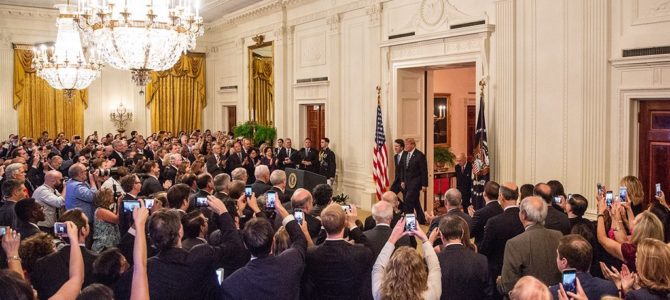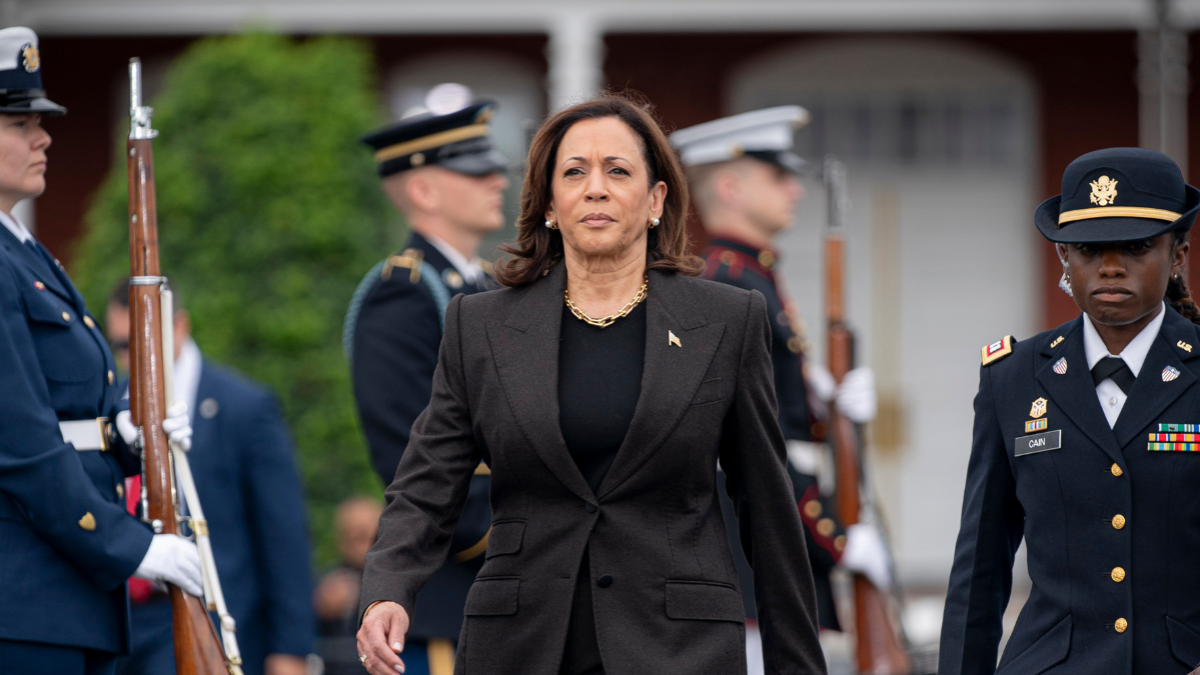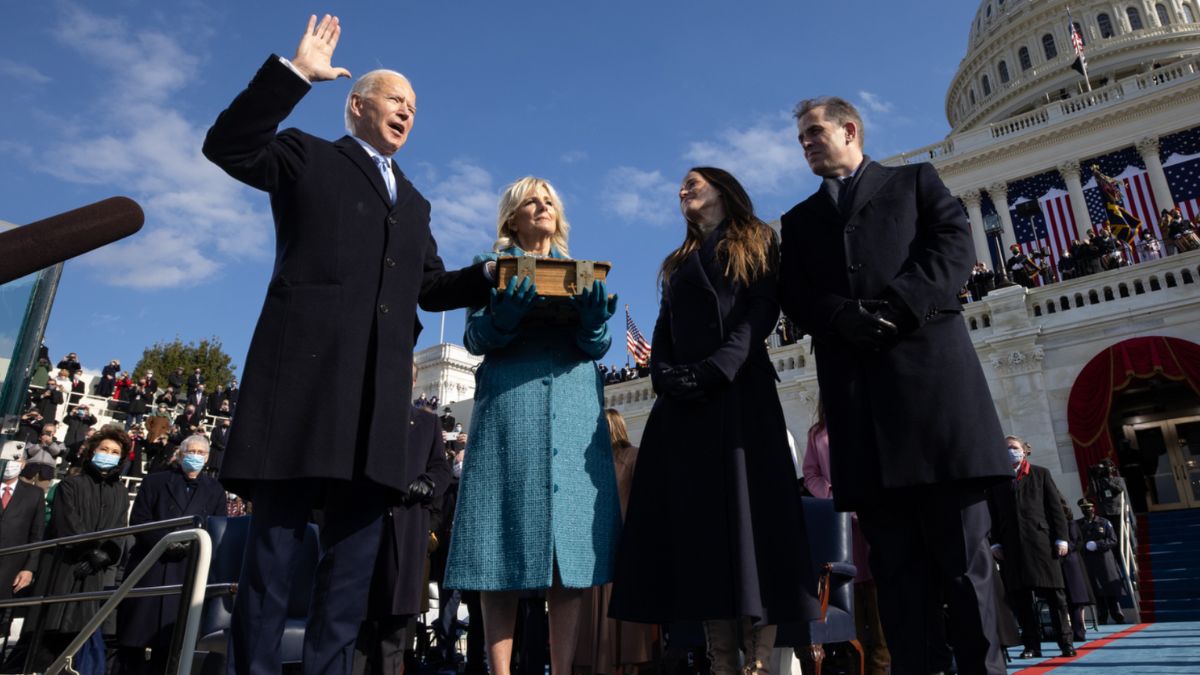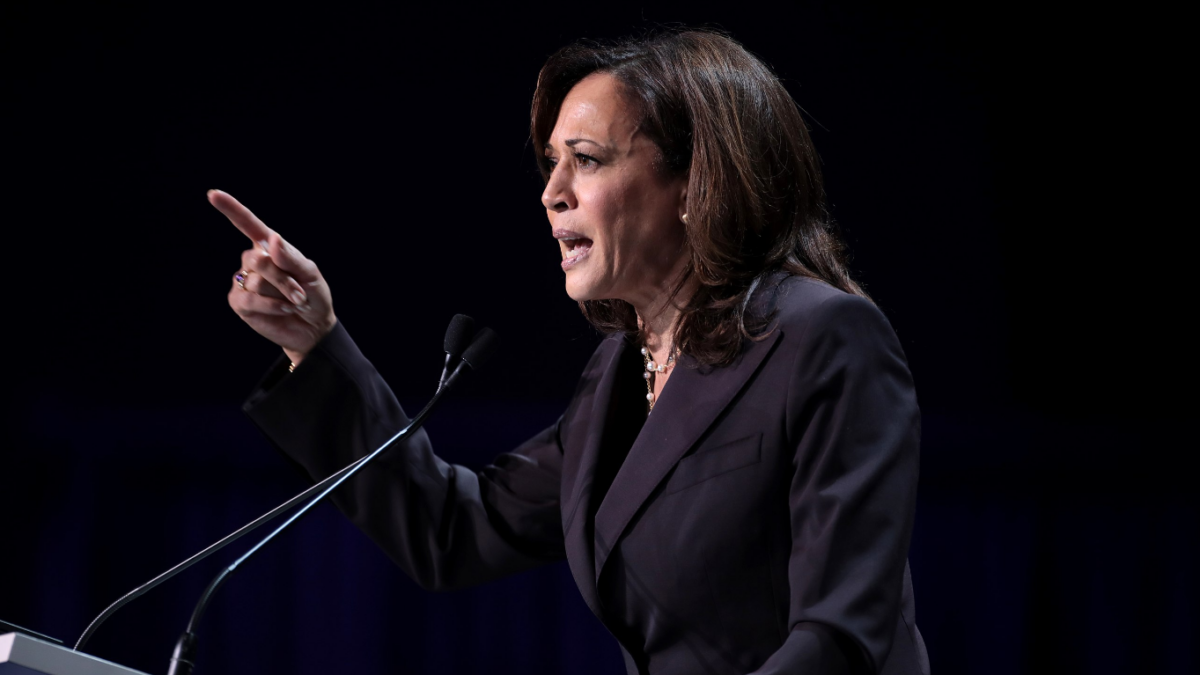
On Saturday, Senate Judiciary Committee Chairman Chuck Grassley released a 400-page report detailing the Senate’s investigation of the numerous charges leveled against Justice Brett Kavanaugh in the eleventh hour of his confirmation process.
While it repeated many previously known facts, the report included several new tidbits that further expose the fraudulent nature of the claims of sexual misconduct. Here are the top seven takeaways.
1. Confirmation of Ford’s Changing Story
Ford’s testimony before the Senate Judiciary Committee differed in many respects from statements she made to her therapist, the Washington Post reporter who broke the story, and even from her initial letter to Sen. Dianne Feinstein. Ford’s story morphed from a sexual assault by four boys in the mid-1980s, while she was in her late teens, to a sexual assault by one boy at a party attended by five people in 1982, when she was 15.
The location of the assault went from a home near her parents’ country club to a house somewhere between the country club and her home, which was a 20-minute drive away. I previously explained the significance of these changes to her story.
At the time of Ford’s testimony, the public only had available the statement by sex-crimes prosecutor Rachel Mitchell, who questioned Ford on behalf of Senate Republicans, that Ford had told the Washington Post reporter the assault had occurred in the mid-80s. However, Grassley’s report now confirms that information, providing Ford’s own text message to the Washington Post, which states Kavanaugh and his friend assaulted me in the “mid 1980s.”

2. Other Inconsistencies in Ford’s Story
In addition to these inconsistencies in Ford’s story, following the Senate hearing the public learned of another problem with her testimony when a former longtime boyfriend came forward. He contradicted Ford’s claim that she had never “had discussions with anyone, besides [her] attorneys, on how to take a polygraph,” and had never given “advice to somebody who was looking to take a polygraph test.”
The ex-boyfriend stated that “contrary to Dr. Ford’s testimony, she had helped prepare her roommate, former FBI agent Monica McLean, for a polygraph examination.” Grassley’s report includes the letter from Ford’s former boyfriend detailing his claim.
Grassley’s Friday report also exposed a new inconsistency previously unknown concerning Ford’s testimony about the impact of the purported sexual assault. At the Judiciary Committee hearing, Ford testified under oath that the primary effects of the sexual assault happened in “the initial four years after the event.” Given Ford’s claim that the attack occurred in 1982, that would mean the main after-effects of the assault largely hit her from 1982 until 1986.
Ford expanded on the effects, stating: “I struggled academically. I struggled very much in Chapel Hill and in college. When I was 17 and went off to college, I had a very hard time, more so than others, forming new friendships and especially friendships with boys, and I had academic problems.”
However, a former college acquaintance told the Judiciary Committee that Ford had “a fairly active and robust social life” in college at the University of North Carolina at Chapel Hill. His letter added that Chrissy “seemed to have a number of other non-dating male friends, more guy friends perhaps than females,” and that she attended “frat house parties, some crowded and lasting very late in the evening,” as well as “smaller gatherings in male friend’s rooms or apartments.”
Ford “did not seem to be afraid to be in rooms or apartments with only one entrance,” the collegemate wrote, adding “This was the case even if very late at night with her and her friend as the only females present.”

A woman who attended college with Ford likewise testified that Ford “had an active and robust social life in college,” which included using drugs and attending fraternity parties.

3. Other Possible Assault Culprits
Throughout the entire ordeal, many commentators—myself included—suggested that while Kavanaugh did not assault Ford, someone else may have. After hearing Ford’s Senate testimony, Maine Republican Sen. Susan Collins similarly concluded that Kavanaugh was not Ford’s assailant but “that she was assaulted.” By whom and when, though, Collins did not know.
It is unlikely the public will ever know what happened to Ford, if anything. But Grassley’s report supports the possibility that the encounter Ford described involved other boys and different facts. Specifically, the report summarized statements made by two men who believed they might have been involved in the encounters Ford described, albeit with it being consensual.

Another portion of Grassley’s memo suggests another possibility consistent with Ford’s therapist’s notes, which described the assault as involving four boys and occurring in the mid-80s. These facts came from a statement made by a former girlfriend of Mark Judge. Judge is Kavanaugh’s high-school friend who supposedly was in the room at the time of his alleged attack.
The former flame stated that Judge told her that he had lost his virginity around 1985 when “he and several other boys from Georgetown Prep took turns having sex with a woman who was drunk.” According to the ex, “It was Mark’s perception that the sexual activity was consensual.”

While Grassley’s report does not include any statement from Judge confirming or denying his former girlfriend’s claims, nor a list of those involved in the incident, following Ford’s testimony before the Senate Judiciary Committee, investigators interviewed Judge and likely questioned him about this incident. Judge had already stated, subject to criminal penalty, that he has never seen Kavanaugh behave as Ford described.
One of Kavanaugh’s female acquaintances from Yale seemed to have the same view of the Supreme Court justice, noting in a text to a friend that “When I say Brett was vanilla with me, I mean it. He turned his back when I changed in his room.”

Of course, Judge’s former girlfriend’s account of several boys having sex with a drunken girl does not match Ford’s claim that she had only consumed one beer at the time Kavanaugh purportedly assaulted her. But given the many inconsistencies in Ford’s other testimony, her veracity on this point is questionable, especially in light of other evidence gathered during the Senate’s investigation.
For instance, one individual noted that “her family is familiar with the Blasey family as both were members of the Columbia Country Club.” This person stated that several individuals who knew “Ford from high school and who have information regarding her drinking and partying” were unwilling to come forward, and that she wished she could say all she knew but didn’t want to “put myself out there.” Ford’s immediate family also “refused to provide statements or participate in an interview.”

4. Yale Had a Flasher On the Loose; It Wasn’t Kavanaugh
Grassley’s memorandum discussed Deborah Ramirez’s claim that, in the 1980s while attending Yale University, Kavanaugh had exposed himself to her, thrusting “his penis in her face.” Kavanaugh denied Ramirez’s charge and Ramirez admitted she was intoxicated at the time and wasn’t sure Kavanaugh was the flasher until she spent a week thinking it over and talking with her attorneys. Grassley’s report concluded there was no verifiable evidence supporting Ramirez’s claim that Kavanaugh had exposed himself.
In fact, the committee received evidence indicating that another Yale student had been a known flasher at the time. A witness told the committee investigator that a different classmate, who was a member of the same fraternity as Kavanaugh, “had a reputation for exposing himself publicly.” This witness provided the investigator a yearbook photo showing that individual sans pants.

The witness further told the committee that he had witnessed this individual expose himself at a party and that this individual had been in the same residential college as Ramirez. He added that, had Kavanaugh “engaged in similar lewd behavior, it would have been widely known and discussed around campus.”
5. Strange Coincidences Relating to Julie Swetnick
Another interesting tidbit from the Grassley memo concerns the allegations made by Julie Swetnick, who “alleged that a teenage Justice Kavanaugh orchestrated gang rapes of inebriated women.” While the report detailed the many inconsistencies and false statements Swetnick made, those facts don’t merit mention since no one—other than Senate Democrats—put any stock in Swetnick and porn lawyer Michael Avenatti’s claims.
What proved interesting, though, was committee investigators’ discovery that Swetnick had “a lengthy history of litigation, including as a plaintiff in a sexual-harassment suit in which she was represented by Debra Katz’s firm, the same Debra Katz who represented Dr. Ford.”
6. Mobs, Mobs, Mobs
Throughout the report, the names of various witnesses remain redacted. Early on, Grassley explains the need for this anonymity: “A large portion of individuals providing testimony in support of Justice Kavanaugh asked that their names be redacted out of fear that their statements might result in personal or professional retribution or personal physical harm—or even risk the safety and well-being of their families and friends. The Committee respected all requests for anonymity. Accordingly, some aspects of this memorandum are redacted.”
Of course, it has been widely reported that Ford and her family have also received threats, as has Kavanaugh’s family, making the witnesses’ reticence understandable. This public spectacle and the attendant threats could have all been avoided had Feinstein properly (and promptly) turned Ford’s July 2018 letter detailing the alleged assault over to the FBI. But she didn’t, which is likely why Grassley’s memo mentions that the committee is continuing to investigate possible violation of Senate rules. That, however, will be little comfort to the families continuing to face threats.
7. Grassley Isn’t Done
Although Grassley’s report provided a detailed synopsis of the months-long investigation, and exposed several new facts previously unreported (or underreported), the most significant revelation from the weekend release is that the investigation continues.
First, in the opening paragraph, Grassley notes that the memorandum “provides a status update on the Committee’s ongoing efforts to review and address additional matters that arose during the course of the investigation, including potential violations of Senate rules, potential witness tampering, and potential false statements made to the Committee in violation of federal law.”
Later, the report noted the committee’s ongoing efforts, stating that “although the Senate confirmed Justice Kavanaugh on October 6, Committee investigators continue to pursue several issues related to the allegations against Justice Kavanaugh.” The memorandum then specifically noted that news reports claimed Ford’s friend Leland Keyser “felt pressure from Dr. Ford’s allies to revisit her initial statement to the Committee that she did not know Justice Kavanaugh or have any knowledge of the alleged incident.”
According to media reports, “former FBI employee Monica McLean, whom Dr. Ford allegedly coached in a polygraph exam years earlier, and others contacted her to suggest she ‘clarify’ her account.” Grassley stressed that “Committee investigators continue to pursue this lead to determine whether McLean or others tampered with a critical witness.”
Grassley also stressed that “Committee investigators will refer for investigation by the Justice Department and FBI any potential violations of federal law, when warranted. These referrals will identify individuals who appear to have made materially false statements to the Committee or otherwise obstructed the Committee’s investigation in connection with allegations against Justice Kavanaugh.”
Significantly, Grassley made these statements after the committee had already made criminal referrals for four individuals for knowingly making materially false statements to the committee. Those referrals include the September 29, 2018, referral of an individual from Rhode Island who emailed Sen. Sheldon Whitehouse claiming that Kavanaugh and Judge sexually assaulted a close acquaintance of his on a boat in Newport, Rhode Island. That individual later recanted.
Also referred were Swetnick and Avenatti, and most recently, on November 2, 2018, the committee referred Judy Munro-Leighton to the Justice Department for claiming to be the author of a Jane Doe letter from California that claimed Kavanaugh had sexually assaulted her. Investigators later discovered Munro-Leighton was a liberal activist from Kentucky. She then admitted her email “was just a ploy” and that she had never even met Kavanaugh.
Given that Grassley’s team already referred these cases to the DOJ and FBI, the “ongoing efforts” of the committee must refer to other individuals involved in the Kavanaugh affair. Although the memo mentioned McLean by name, it is unlikely that’s where this matter will end. Rather, McLean is likely the means to the end: the individual the investigators will pressure to reveal all she knows about Ford’s story and others involved in her eleventh-hour charges against Kavanaugh. Given the numerous inconsistencies highlighted in the report, Ford will likely come next.
Thus the question will be whether, in the hopes of saving their own necks, McLean and Ford take down any congressional Democrats or staffers with them. While it may be many months before the next shoe drops, Grassley’s report came in time to remind voters of the righteous anger they felt over the Democrats’ horrid treatment of Kavanaugh and his family. We’ll know tomorrow whether that anger has been rekindled.









